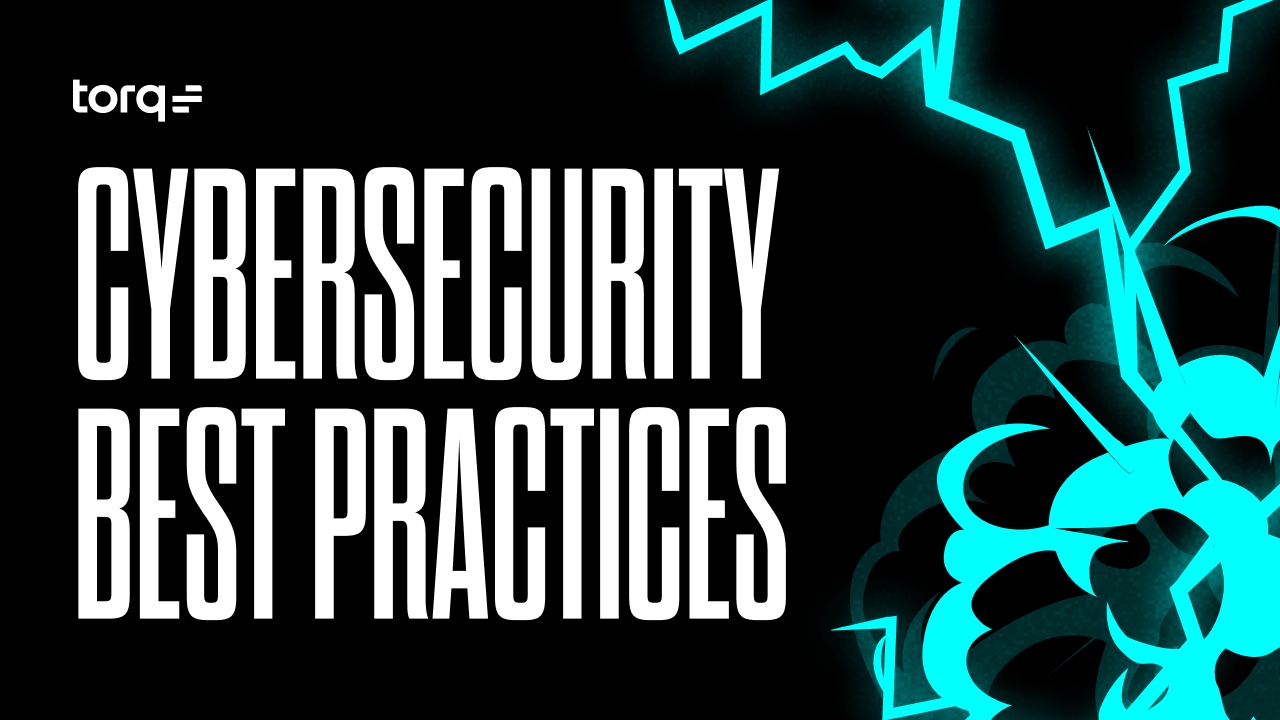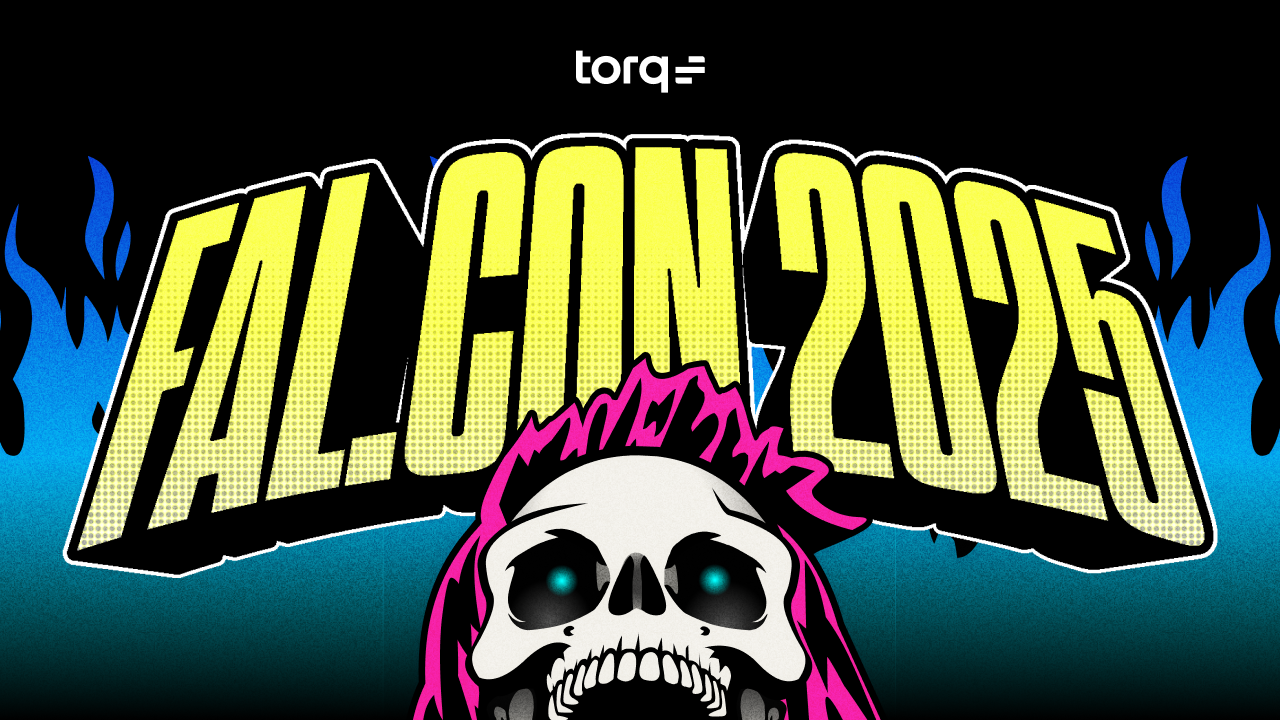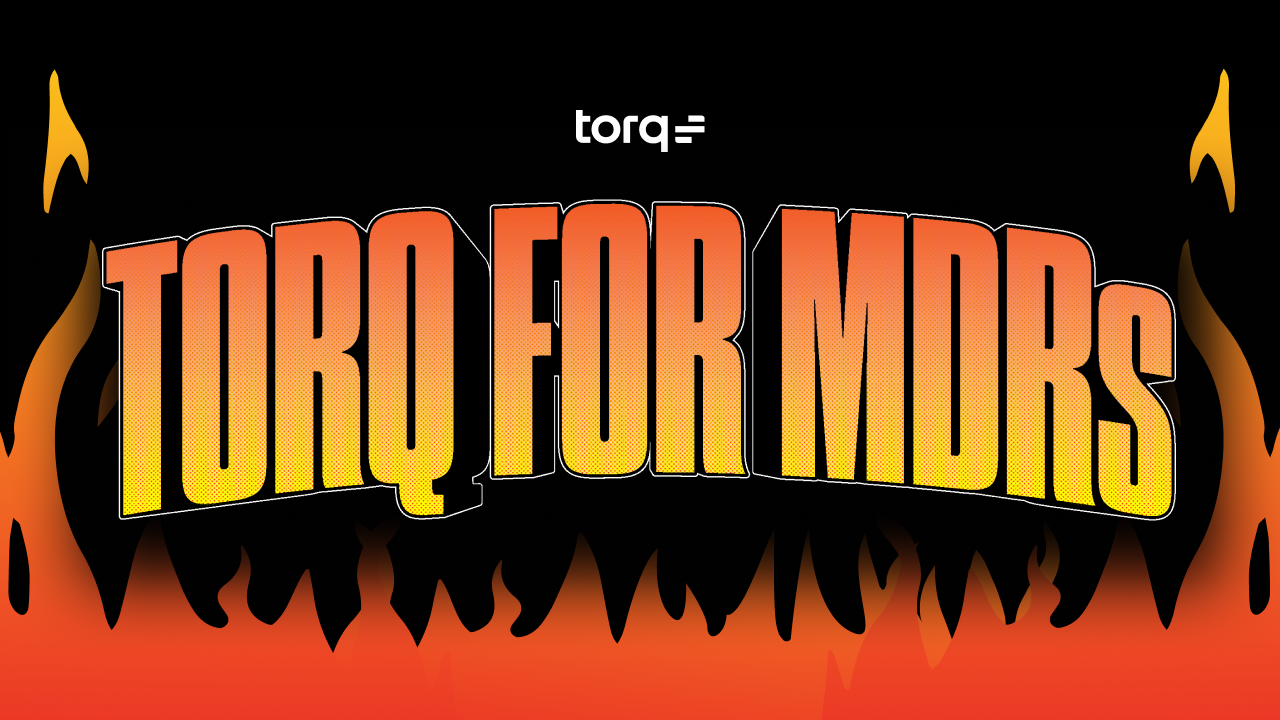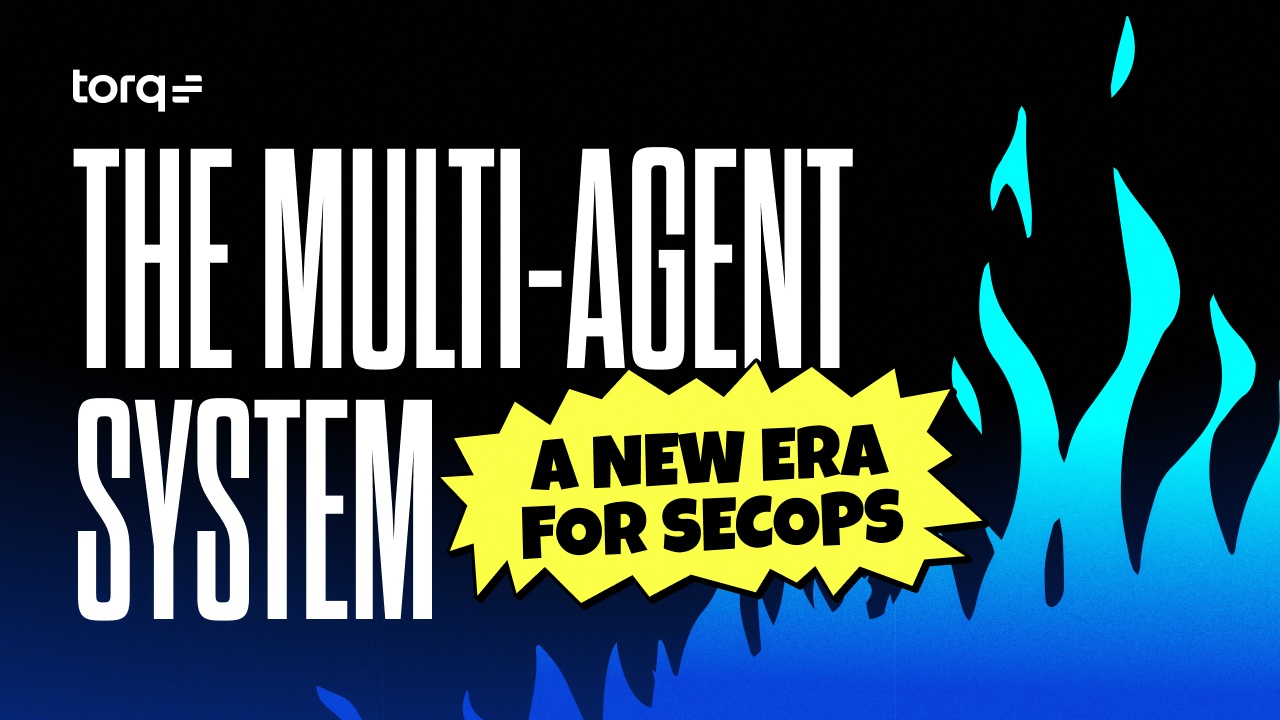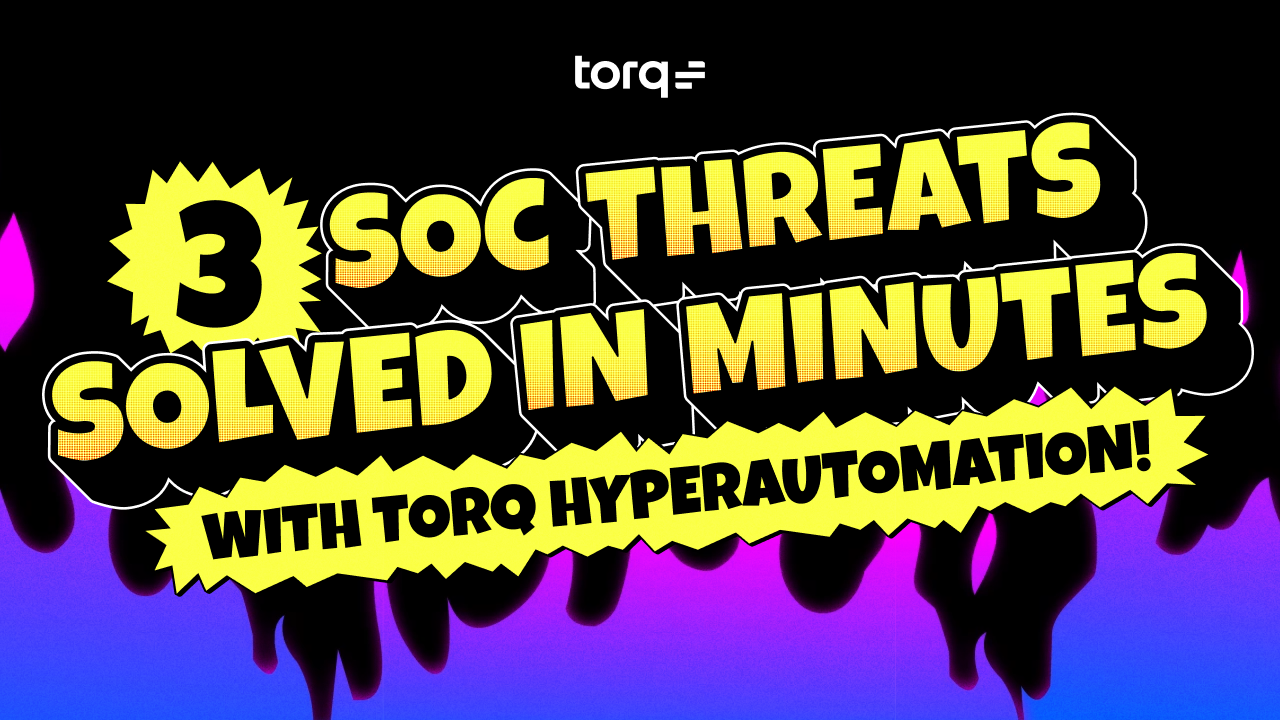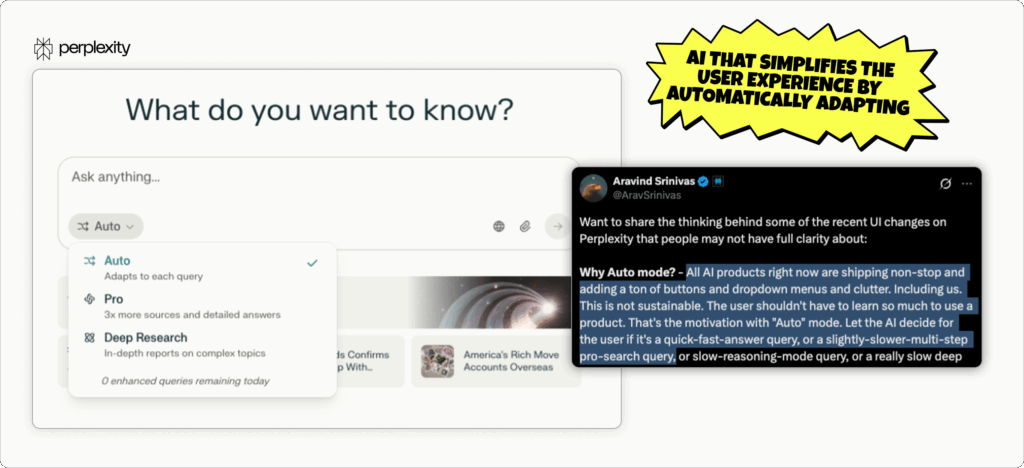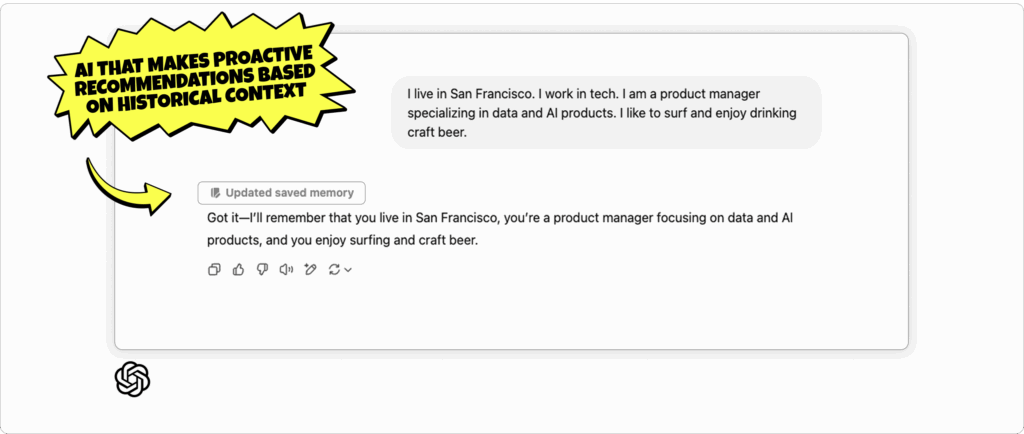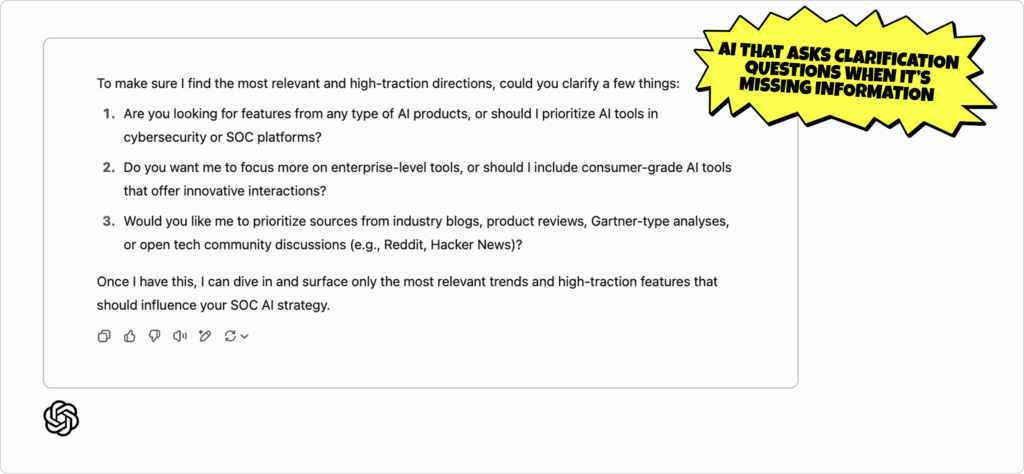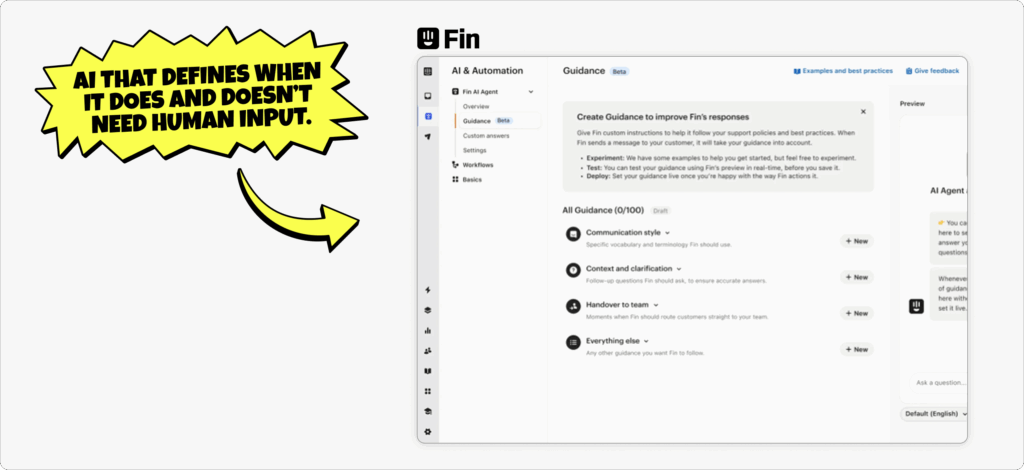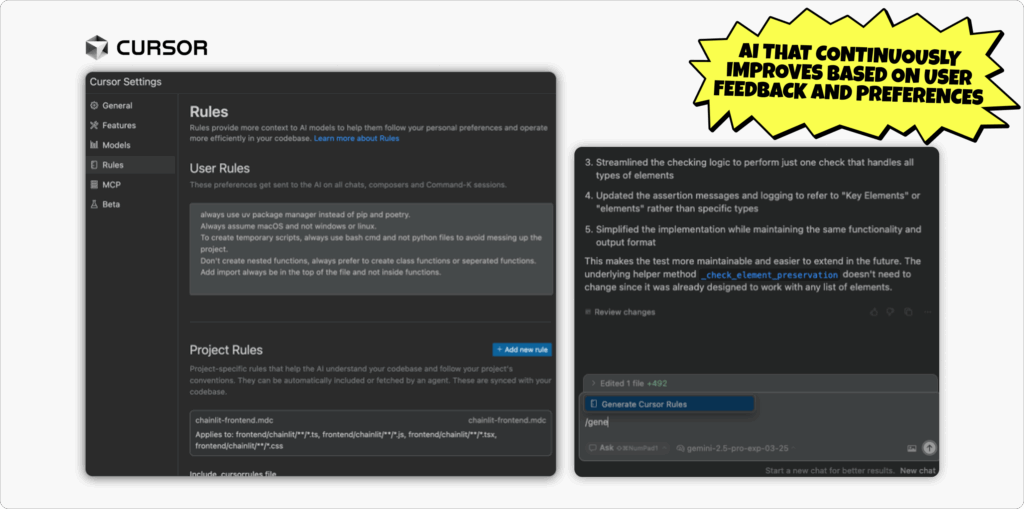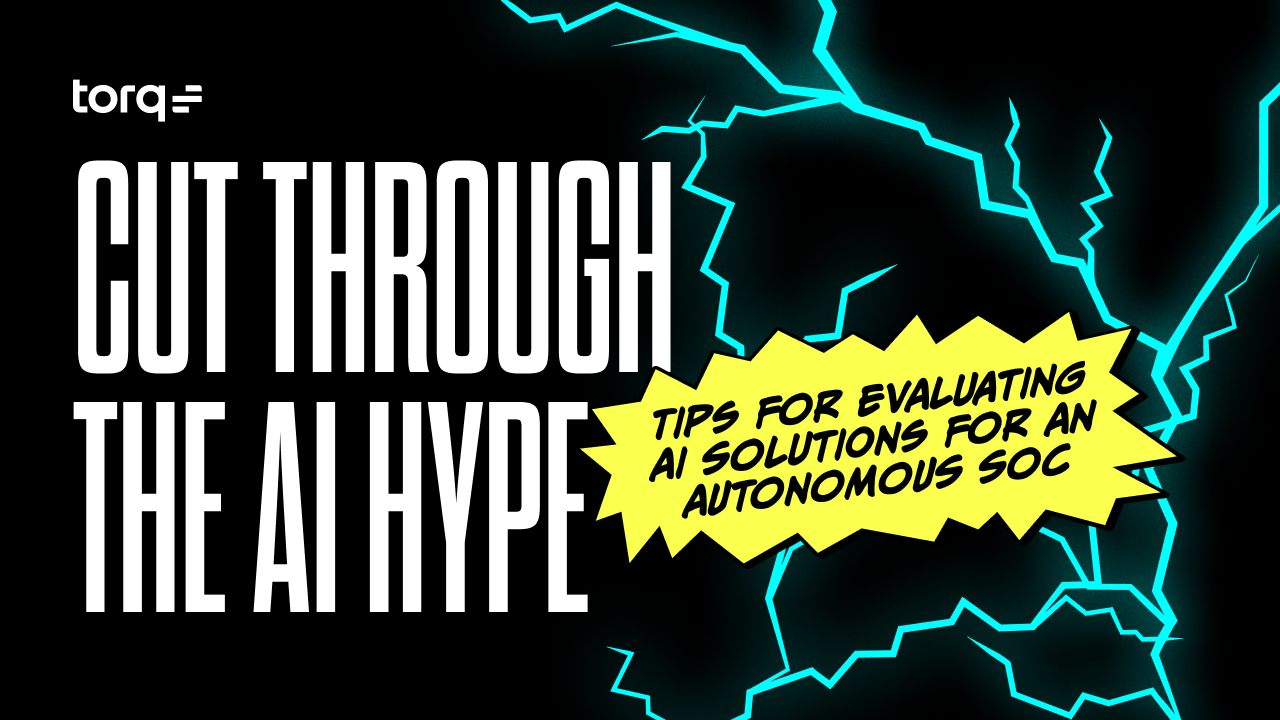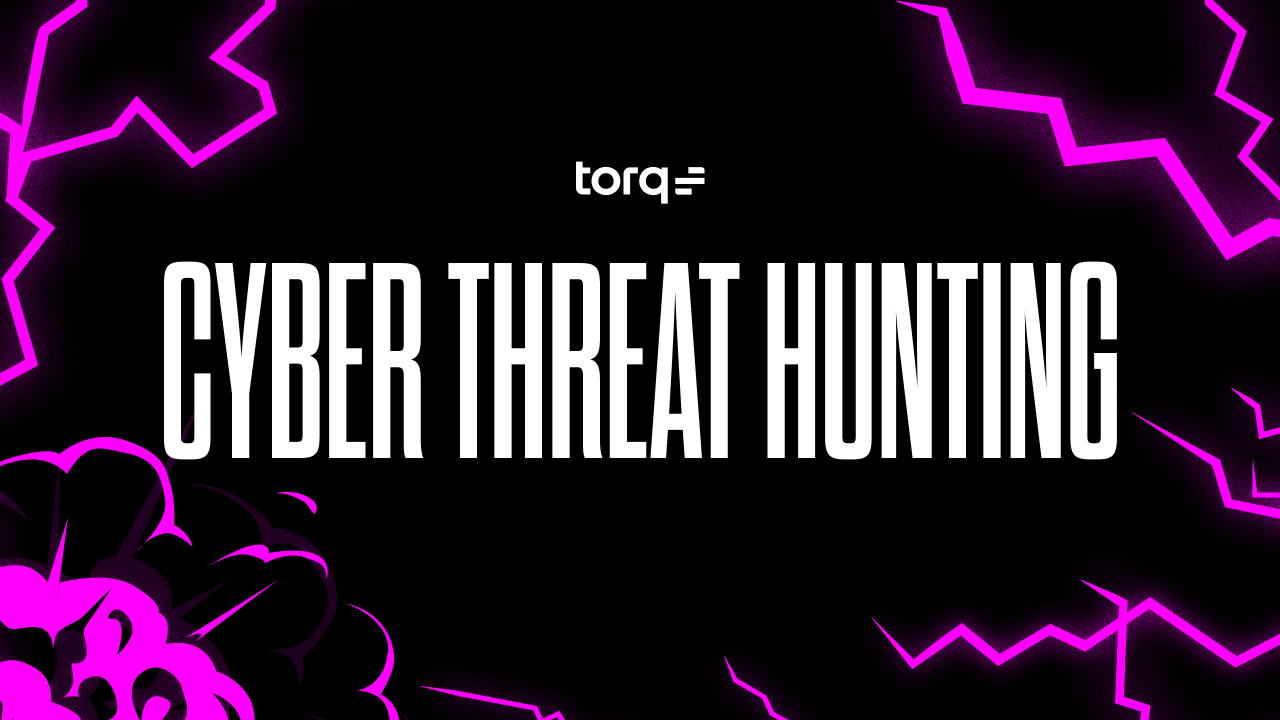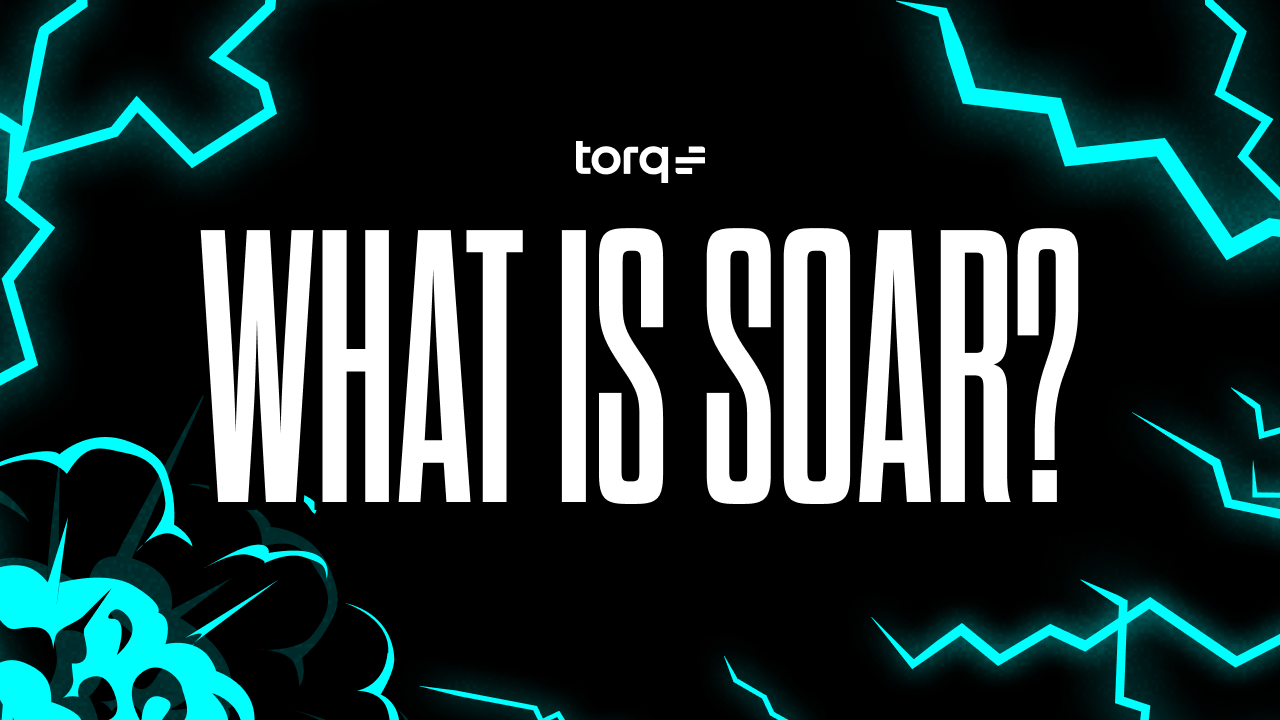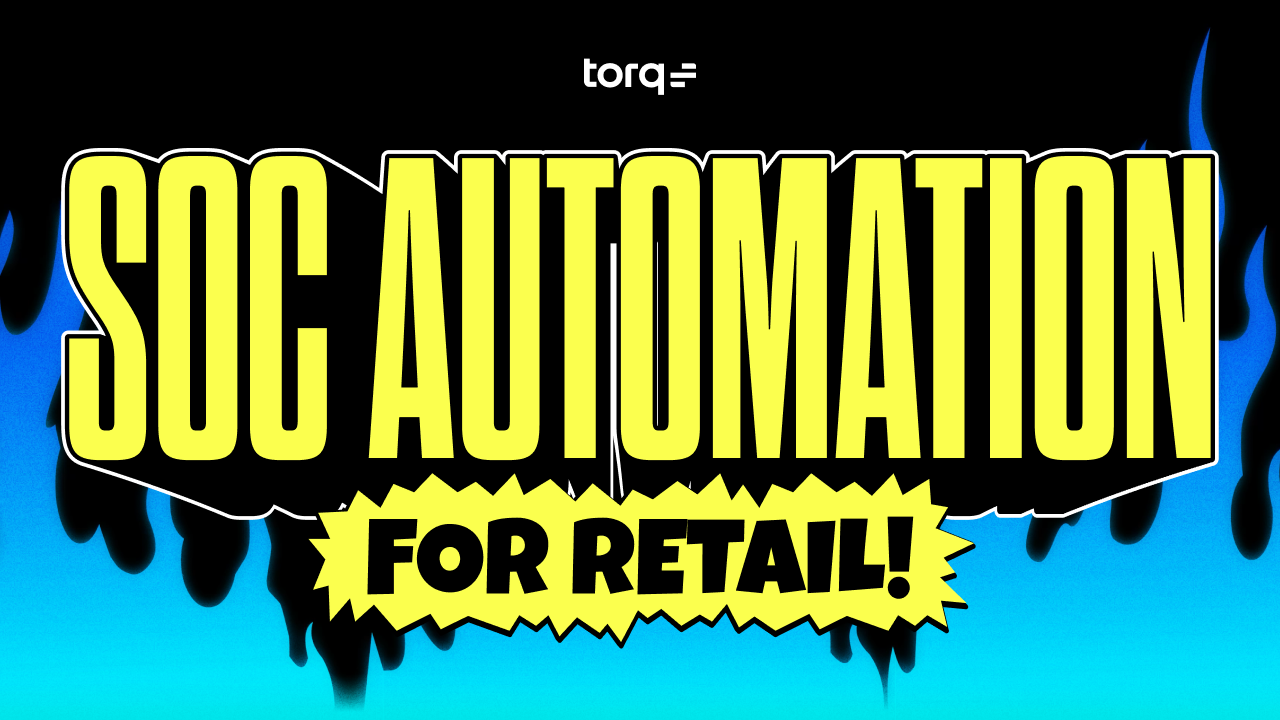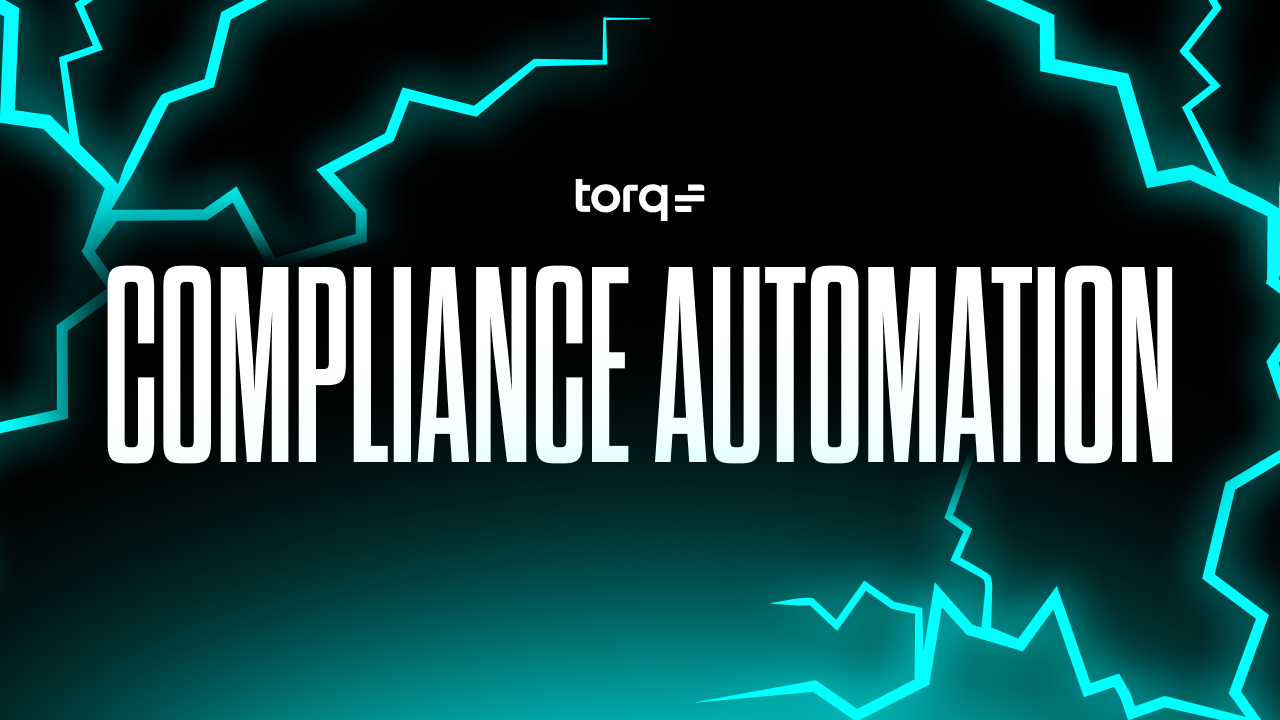Contents
Cybersecurity is foundational to the survival and success of modern businesses. As digital operations expand, the risk of attacks, data breaches, and operational disruption increases dramatically, making cybersecurity not just important, but absolutely essential.
With digital transformation accelerating, remote and hybrid workplaces becoming the norm, and cyber threats evolving rapidly, organizations must adopt proactive cybersecurity strategies.
Traditional security measures alone no longer suffice — the speed and sophistication of modern threats demand cutting-edge solutions like Hyperautomation and agentic AI. Organizations today need automated and scalable cybersecurity technology.
Learn the latest cybersecurity best practices, how to implement them, and how Hyperautomation platforms like Torq ensure your defenses scale effortlessly.
What are Best Practices in Cybersecurity?
Cybersecurity best practices are proactive measures, policies, and technologies designed to minimize your organization’s cyber risk. Adhering to these practices helps businesses stay secure by preventing breaches, ensuring compliance, protecting sensitive data, preventing data breaches, and maintaining business continuity.
Many cybersecurity frameworks emphasize the “5 C’s of cybersecurity”:
- Change: Regularly updating security measures.
- Compliance: Adhering to industry standards and regulations.
- Cost: Balancing security spending and effectiveness.
- Continuity: Ensuring ongoing business operations after incidents.
- Coverage: Comprehensive protection across all digital assets.
To improve cybersecurity, companies must combine extensive policies, employee education, strong access controls, and real-time threat response, ideally powered by scalable Hyperautomation platforms.
10 Essential Cybersecurity Best Practices (and How Torq Hyperautomates Them)
Cyber threats move fast, and your defenses need to move faster. These ten best practices are non-negotiable for modern SOC teams. But implementing them manually? That’s where most organizations fall behind.
Torq Hyperautomation™ eliminates the friction by turning best practices into fully automated, always-on workflows. Whether enforcing access controls, responding to phishing attempts, or monitoring endpoints, Torq ensures each control is executed precisely and at scale.
Here’s what to put in place now — and how Torq helps you do it effortlessly.
1. Use Strong, Unique Passwords and a Password Manager
Passwords are often the first — and weakest — line of defense against cyber intrusions. Weak or reused passwords significantly increase the risk of account compromise, especially in credential stuffing and brute-force cyber attacks. Organizations should enforce strong password policies that mandate the use of long, complex, and unique passwords for every account.
To ease the burden on employees, deploy enterprise-grade password managers that generate, store, and autofill passwords securely. These tools reduce password fatigue and help prevent risky practices like writing down credentials or reusing them across platforms. Periodic password audits can also be automated with Torq, which can trigger alerts when passwords aren’t updated or don’t meet compliance standards.
2. Enable Multi-Factor Authentication (MFA) Everywhere
MFA is one of the simplest and most effective ways to prevent unauthorized access. It ensures that even if credentials are compromised, hackers can’t easily access sensitive systems without a second form of verification, such as biometrics, hardware tokens, or authenticator apps.
Torq enhances MFA implementation with Role-Based Access Control (RBAC) automation workflows. Security teams can use Torq to enforce MFA across platforms, audit authentication events, and automatically revoke access for users who haven’t completed MFA setup, minimizing friction and oversight.
3. Keep All Software and OS Up to Date
Outdated systems often harbor unpatched vulnerabilities that threat actors exploit. From zero-day vulnerabilities in operating systems to neglected third-party apps, every unpatched asset is a liability.
Implement an automated patch management strategy. With Torq, security teams can set up workflows that monitor software versions across endpoints, flag outdated components, and trigger notifications or remediation actions when updates are overdue. Coupling this with scheduled audits ensures continuous hygiene and reduces attack surfaces.
4. Install Antivirus and Anti-Malware on Every Device
Endpoint protection remains critical in defending against a broad range of cyber threats including ransomware, malware, and trojans. Organizations should deploy endpoint detection and response (EDR) solutions that use real-time behavioral analysis, not just signature-based detection.
To ensure these tools stay effective, Torq can integrate with antivirus platforms to monitor endpoint health, validate update statuses, and automate quarantine or isolation actions in response to detected threats, speeding up remediation and reducing exposure windows.
5. Secure Networks with Firewalls and VPNs
Firewalls and VPNs help shield organizational networks from unauthorized access and malicious traffic. Firewalls block suspicious inbound/outbound traffic, while VPNs provide encrypted tunnels for secure remote access, especially critical in hybrid work environments.
Torq can enhance these protections by automating firewall rule updates, triggering alerts when unexpected changes occur, and monitoring VPN usage for anomalous patterns such as logins from unusual geolocations or times. This automation ensures your network security posture stays strong without requiring constant manual oversight.
6. Regularly Back Up Data to the Cloud and Offline
Cyberattacks like ransomware and accidental deletions can lead to devastating data loss. Regular backups are your safety net. Organizations should adopt a 3-2-1 backup strategy: three copies of data, two on different media, and one offsite.
Torq helps ensure backup best practices are followed by automating backup verification, alerting if a backup fails, and orchestrating regular backup operations. Teams can also use Torq to conduct post-backup security posture checks to ensure backups aren’t infected or misconfigured, ensuring they’re both usable and secure.
7. Educate and Train Employees on Phishing and Social Engineering
The human element remains the weakest link in cybersecurity. Regular security awareness training, including simulated phishing campaigns, is essential to prepare employees for common social engineering tactics.
Torq supports these efforts with automated phishing response workflows. When phishing attacks are reported or detected, Socrates, our AI SOC Analyst, rapidly investigates, auto-remediates the message, and updates the reporting employee, reducing response time and enabling analysts to focus on complex threats. Combined with training, this creates a layered defense against email-based attacks.
8. Use Encryption for Sensitive Data at Rest and in Transit
Encryption ensures that even if data is intercepted or accessed without authorization, it remains unreadable. All sensitive data — customer records, financial information, proprietary code — should be encrypted both at rest (on storage systems) and in transit (during transmission over networks).
Organizations should enforce the use of industry-standard protocols such as AES-256 and TLS 1.3, and regularly audit encryption configurations. Torq can automate policy enforcement and integrate with encryption management systems to verify encryption coverage and trigger alerts for unprotected data assets.
9. Limit User Access with RBAC and Least Privilege
The principle of least privilege (PoLP) limits access rights for users to the bare minimum necessary. Overprivileged accounts are a goldmine for cybercriminals and a major source of internal risk.
Torq’s RBAC capabilities automate access provisioning, ensure only necessary permissions are granted, and continuously audit user roles. If access privileges drift over time due to role changes or misconfigurations, Torq can automatically flag or correct them, helping prevent lateral movement in case of compromise.
10. Monitor for Suspicious Behavior and Automate Alerts
Traditional alerting often leads to analyst burnout due to high volumes of low-fidelity alerts. Modern threats demand intelligent monitoring that can identify anomalies and respond in real time.
Torq’s multi-agent system continuously monitors systems for signs of compromise and suspicious behavior. When an anomaly is detected, it automatically triages the event, enriches it with context, and initiates workflows to investigate or contain the threat, without requiring human intervention. This reduces MTTD and MTTR, keeping your defenses agile and proactive.
Common Cyber Threats Every Organization Faces
To understand why these security best practices matter, consider some of today’s most pressing cyber threats:
- Ransomware: Ransomware attacks encrypt critical data, demanding payment for restoration. Organizations must maintain backups, enforce patch management, and automate threat detection to prevent such attacks.
- Phishing: Attackers trick employees into revealing credentials or downloading malware. Continuous security awareness training and automated phishing remediation significantly reduce phishing-related breaches.
- Insider Threats: Whether intentional or accidental, insider threats pose significant risk. Implement strong RBAC policies and continuous user activity monitoring to quickly detect suspicious behavior.
- DDoS (Distributed Denial of Service): Attackers overwhelm your network or services with traffic, disrupting operations. Deploy firewall protections, traffic monitoring, and automated mitigation responses to maintain availability.
Hyperautomate Your Cybersecurity Best Practices with Torq Hyperautomation
Even the most extensive cybersecurity best practices can fall short without consistency, speed, and scalability. That’s where Torq Hyperautomation steps in.
Torq automates every layer of your security operations — from detection to remediation — without writing a single line of code. Whether you’re enforcing MFA, orchestrating real-time phishing response, or managing RBAC policies across hybrid environments, Torq executes it all with precision and speed.
Torq’s Hyperautomation platform empowers organizations to convert cybersecurity best practices into always-on, fully orchestrated workflows. Our agentic AI capabilities, including our multi-agent system led by Socrates, detect, triage, and respond to alerts instantly, without flooding your team with noise.
This means your security analysts spend less time on repetitive triage and more time focused on high-impact, strategic initiatives. And with a vast library of integrations and workflow templates, you can implement sophisticated security controls faster than ever.
Build a Stronger, Smarter Security Posture
Cybersecurity threats are growing rapidly, but so are the solutions to fight them. Adopting these cybersecurity best practices will strengthen your organization’s defenses against modern threats. However, manually managing every aspect of security is unsustainable.
Torq Hyperautomation gives your organization an edge by transforming security best practices into streamlined, automated operations. From employee training and endpoint protection to real-time threat response and compliance reporting, Torq ensures that your security posture isn’t just strong; it’s intelligent, adaptable, and future-ready.
Ready to strengthen your cybersecurity posture with Torq?

